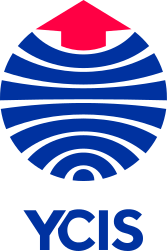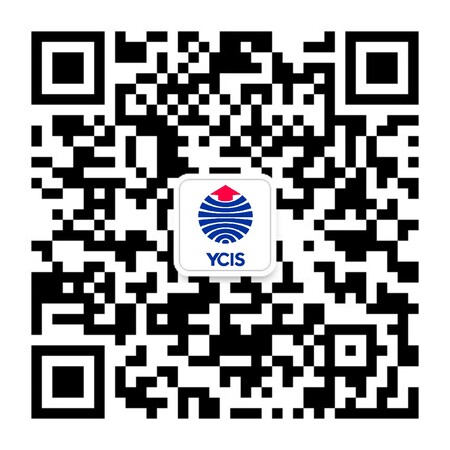Go Back
News
News
Robotics Club Engages Students with STEM and Soft Skills
News
05 May, 2017
10 : 00
This year, students in the Yew Chung International School of Beijing’s Robotics Club created a fully mobile aluminum robot from scratch. Nicknamed “Mr. Shakey,” a team of six students not only assembled the robot from aluminum frames and metal gears into a robust, load-bearing machine but also programmed the robot’s movements using two smartphones and the programming tools Android Studio.
The result is a functioning remote-controlled robot that moves fluidly across a 2D plane.
Sat Arora, YCIS Beijing’s Secondary Technology Integrator and Head of this Robotics Club ASA, spoke with us about the construction process as well as how building robots enhances student understanding of STEM and valuable core skills.
Please introduce the robotics club.
The robotics club was introduced in 2015. I know of very few schools in Beijing that have this club that uses such a complex starter kit; I know many schools use plastic Lego kits, but we use Matrix Robotics kits with aluminum kit and parts.
What are some of the projects that students have created over the past academic year?
This year we built a robot with a robotic arm. While we ran out of time this year to program the arm, the robot moves almost entirely friction-free and was built entirely from scratch. In the coming years, we will look to participate in robot clubs in which students are challenged to create a uniquely constructed and programmed robot.
What are the different steps that students took in order to create this functioning robot?
The process is a combination of maths, science, computing, and physics.
The first step was to design a robust frame capable of supporting the weight of the robot, taking the load off of the fragile battery and electronic parts. Once built, we then attached the wheels, including both normal and daisy wheels. We then assembled the motors. That was the hardest part; making sure the motor itself worked friction free with the attached gears was a big challenge for the team.
The final step was the programming. We used Android Studio to program the robot’s controls, which we did through two mobile phones. One phone is mounted directly on the robot while the other is attached to a gamepad. The two mobile phones communicate fluidly with one another using WiFi Direct.
What are the specific roles that students played during the building process?
Students had different roles in the creation of the robot. There were two different teams: hardware and software. They were able to divide themselves according to their own interests. Two students led the hardware team while I led the software team.
What benefits does this process provide students?
A wide very wide variety. Besides the subject-specific skills from STEM, it enhances soft skills like:
Critical thinking
There were several times during the process when the team would take two steps forward and three steps back! We’d assemble a part of the robot and realize that we could actually redesign and rebuild it in an even better way.
Therein lied the critical thinking: students were constantly evaluating their decisions, asking themselves, “Why are we moving this wheel?” or “Why are we changing the position for this motor?”
Creativity
Critical thinking and problem-solving led to creative, unforeseen ways of solving many of the problems the group faced.
Teamwork
Students worked together extensively to assemble the robot during the ASA sessions, sharing tools and discussing constantly the best way to move forward with the construction.
Any particular resources you can recommend for students interested in getting involved with robotics outside the classroom?
There are a few channels on YouTube that are great for learning the basics of building and programming robots. In our Robotics CCA, we watched a number of First Tech Challenge (FTC) videos, which are a great starting point.
As mentioned, we used Android Studio to program our robots. Even if they don’t have access to building materials, kids can get familiar with this robot-programing language through a variety of resources online. While there are a number of languages choose from, we chose this one as it’s very similar to Java and relatively simple to use.
How does this program align with YCIS Beijing’s overall mission and motto?
A key piece of our motto is of course Align with Science and Technology, so this CCA matches that aspect perfectly. It inculcates those skills and knowledge so important for the 21st century learner, from critical thinking to creativity to science and technology to programming.












